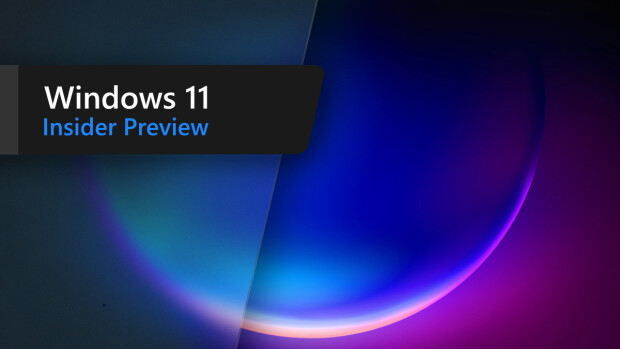Brilliant Digital Entertainment quietly installs its own software with every copy of the Kazaa file-swapping software. The Brilliant Digital software, which is being progressively distributed over the next few weeks, can later be remotely "turned on" to become part of a new network.
Executives from Brilliant Digital and Kazaa's parent company say people can uninstall the Brilliant Digital or Altnet software from their computers without interfering with the Kazaa program itself. This is true, but it's not an easy process.
These three steps will remove most traces of the Brilliant Digital software from most machines. CNET News.com did it using a computer running Windows 2000, but the same process should work for other Windows operating systems. Please be aware, however, that these instructions represent just one uninstall method and may not be suitable for all machines and software configurations.
1.In the Windows Control Panel, select an option called "Add/Remove Programs." One of the options will be "b3d Projector." Highlight this and click the "Change/Remove" button.
You may get a message that the uninstall has been successful. Search your computer for a "BDE" folder, which most likely will be found in the "WinNT" or "Windows" directory. In this folder will be a file called "bdeclean.exe". Run this to finish the first part of the process. Delete the BDE folder.
Caution: An unrelated piece of software called Borland Database Engine also creates a BDE directory. If you think you may have this software installed, or if there is any confusion whatsoever, do not delete this directory.
2.In the "Temp" directory (this will normally be found inside the "Windows" or "WinNT" directory) is a folder called "Brilliant." This contains many files. Delete the entire folder.
3.After performing steps 1 and 2, you will need to locate and remove some additional Brilliant Digital files that have been placed in critical system-level computer directories. CAUTION: Deleting the wrong files could interfere with the normal functioning of your computer. These files will most likely be in the "WindowsSystem" or "WinNTSystem32" folder:
bdedownloader.dll
bdedata2.dll
bdefdi.dll
bdeinsta2.dll
bdeinstall.exe
bdesecureinstall.cab
bdesecureinstall.exe
bdeverify.exe
bdeverify.dll
Delete these files.
![]() News source: ZDNet News
News source: ZDNet News
![]() View: Brilliant Digital's Website
View: Brilliant Digital's Website
![]() Neowin.net assumes no liability in publishing these instructions, which people may choose to follow at their own risk. As always, it's a good idea to make a backup of any critical files before proceeding.
Neowin.net assumes no liability in publishing these instructions, which people may choose to follow at their own risk. As always, it's a good idea to make a backup of any critical files before proceeding.














